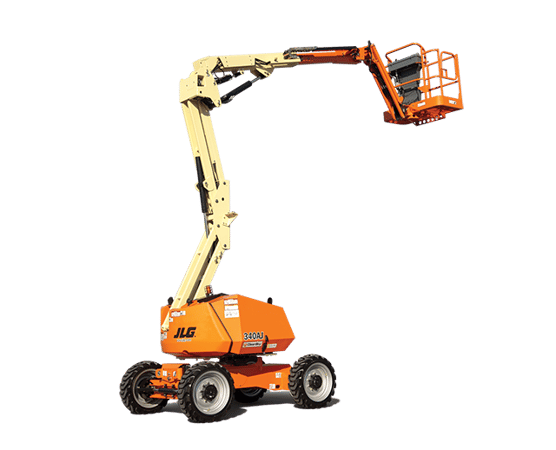Equipment Rental Company: Your Source for All Sorts Of Machinery
Equipment Rental Company: Your Source for All Sorts Of Machinery
Blog Article
Maximize Your Budget by Recognizing the Expenses Related To Construction Tools Leasings
Recognizing the complete scope of expenses linked with construction devices services is essential for optimizing your spending plan. What strategies can be utilized to successfully take care of these costs and guarantee a much more reliable rental experience?
Introduction of Rental Prices
When considering building equipment services, recognizing the linked expenses is critical for effective budgeting and task preparation. Rental costs can differ considerably based upon several variables, including devices kind, duration of service, and location. The preliminary rental fee commonly reflects the equipment's market need and its associated operational capacities, influencing the general expenditure.
Along with the base rental rate, secondary expenses may arise, such as transport charges, gas additional charges, and maintenance costs. It is important to account for these additional costs to properly assess the total expense of renting out tools. The rental duration can influence rates; longer rentals may qualify for discounted rates, while short-term leasings may incur higher everyday costs.

Break Down of Rental Prices
An extensive understanding of rental prices is crucial for contractors and task supervisors intending to enhance their budget plans. Rental rates for construction tools commonly include a number of elements, including base prices, time-based fees, and usage fees.
Base prices are the core fees related to the rental of the tools, commonly figured out by the type and size of the equipment. These rates can vary dramatically, affected by elements such as tools need, availability, and local market patterns. Time-based charges, which might be daily, weekly, or monthly, serve to suit various project timelines and rental periods.
Furthermore, rental prices may include use fees, which apply when devices is utilized past a specified limit, guaranteeing that the rental firm can represent wear and tear. Seasonal need fluctuations can additionally impact rental prices, with peak building periods usually regulating higher rates.
Furthermore, recognizing the rental business's plans concerning upkeep and insurance coverage can supply further insight right into the overall expense framework. By evaluating these parts, professionals can make enlightened decisions, making sure the option of rental equipment lines up with both task requirements and budget plan restraints.
Additional Fees to Think About
Comprehending the ins and outs of added costs is crucial for contractors to manage their overall rental expenses efficiently. Beyond the common rental rates, various additional fees can considerably affect the overall cost of equipment rental. These fees often include delivery and pick-up costs, which can differ based on distance and logistics involved in transferring the equipment to and from the job website.
In addition, some rental firms might impose fuel additional charges if the tools is returned with much less fuel than when rented. It is also vital to know possible cleaning fees, specifically for customized tools that needs complete maintenance after use.

Completely reviewing the rental arrangement and clearing up these additional costs in advance can aid specialists make certain and prevent unanticipated expenses that spending plans stay intact throughout the job lifecycle.
Maintenance and Repair Service Expenses
Normal maintenance and fixing expenses are usually ignored factors that can substantially influence the overall expense of construction equipment rentals. When renting out equipment, it is critical to consider not just the rental costs but likewise the potential costs related to maintaining the machinery in ideal operating problem.
Many rental business consist of standard maintenance as part of the rental contract; nonetheless, more substantial fixings or unanticipated failures can result in extra expenditures. It's important to evaluate the rental contract very carefully to recognize what upkeep solutions are covered and what responsibilities fall on the renter.
Additionally, devices that is not well-kept can cause inadequacies on duty site, potentially causing delays and enhancing job expenses. To reduce these dangers, it is recommended to carry out routine evaluations and preserve open communication with the rental company relating to any type of problems that occur during usage.
Insurance and Responsibility Prices
Insurance aerial lift rental policy and obligation expenses are vital elements that can considerably impact the total expenditure of building devices rentals (aerial lift rental). These prices make sure that both the rental company and the customer are secured from prospective financial losses emerging from mishaps, damage, or burglary during the rental duration

In addition, clients need to be aware of any kind of deductibles or exclusions in the insurance coverage plan, as these can affect possible out-of-pocket expenses. Comprehending the terms of any type of insurance coverage is essential to prevent unanticipated prices. Inevitably, budgeting for insurance and liability expenses can help make certain a smoother rental experience and safeguard versus monetary threats connected with construction tasks.
Final Thought
To conclude, an extensive understanding of the costs related to construction equipment leasings is vital for effective spending plan management. By assessing rental rates, additional costs, maintenance costs, and insurance policy requirements, organizations and individuals can minimize unanticipated expenses. This tactical strategy not just improves cost-effectiveness yet additionally ensures that projects progress efficiently and successfully. Ultimately, educated decision-making concerning tools rentals adds to the overall success of building and construction ventures.
Rental costs can differ significantly based on a number of variables, consisting of tools type, period of rental, and area (equipment rental company). The rental duration can impact prices; longer services might certify for reduced rates, while short-term services might incur greater daily fees
By conducting extensive research and engaging with reputable rental firms, professionals can successfully browse the intricacies of rental rates, inevitably optimizing their financial sources.
Past the basic rental prices, various supplementary costs can significantly affect the total expense of devices rental. Rental companies often offer liability insurance coverage that covers injuries to 3rd celebrations or damages to residential property, while equipment damages insurance coverage can cover the price of repair services or substitute if the leased tools is harmed.
Report this page